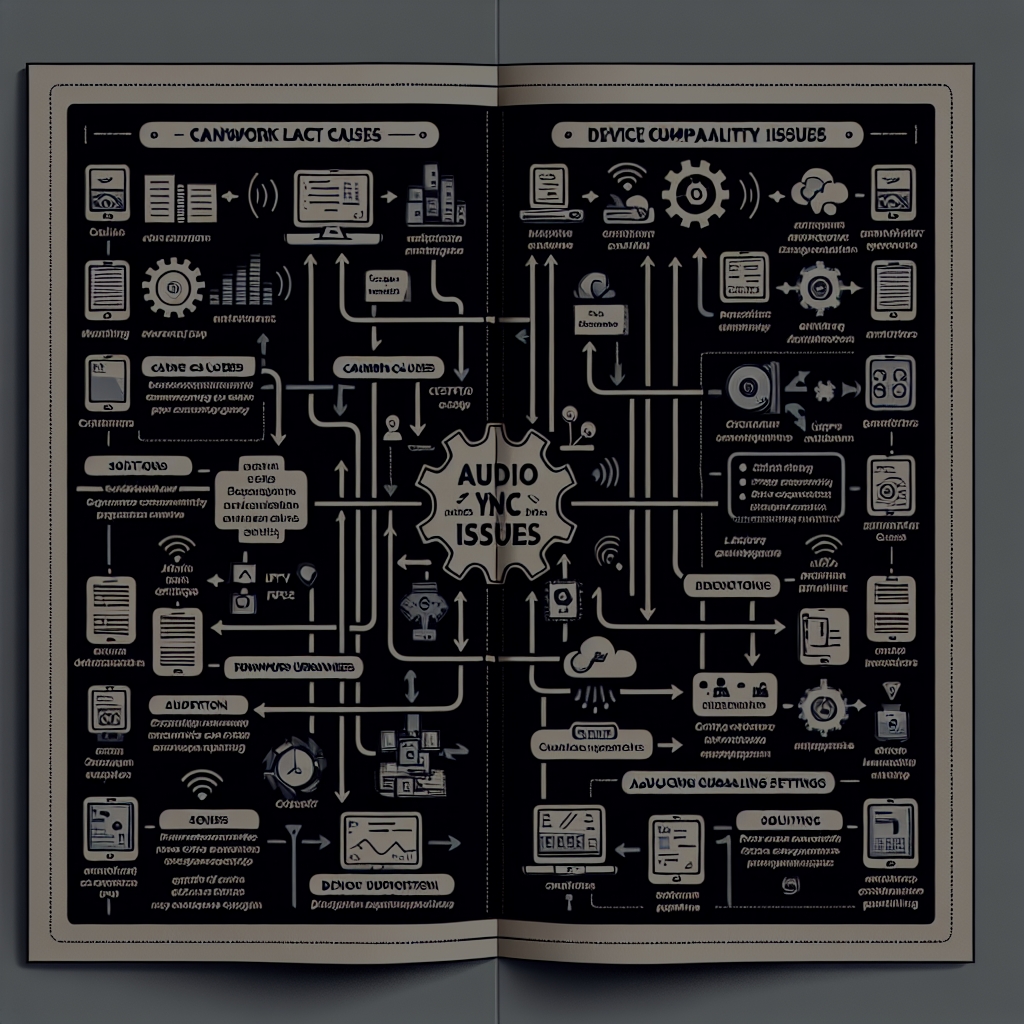In the rapidly evolving landscape of television and media consumption, recent channel lineup changes have compelled audiences to reassess their viewing habits and preferences. These changes reflect broader trends and shifts in programming strategies, driven by technological advancements, changing viewer demographics, and competitive pressures. Understanding these alterations can help viewers navigate their options more effectively and make informed choices about their entertainment consumption.
Analyzing the Impact of Recent Channel Lineup Changes
The recent reshuffling of channel lineups has had a significant impact on the viewer experience. For many, these changes can lead to the loss of familiar programming, which may result in frustration and confusion. Viewer loyalty to specific channels often stems from the nostalgia and habit of regular viewership. When these channels suddenly disappear or relocate within a lineup, audiences may feel disconnected from their favorite shows and content. This disruption can, in turn, affect advertising dynamics, as brands increasingly rely on established viewership patterns to target audiences effectively.
Moreover, the reconfiguration of channels often aims to enhance the overall viewing experience by introducing new content that aligns with current trends and interests. For instance, the addition of niche channels focusing on specific genres—such as true crime, reality shows, or international programming—can attract diverse viewer segments. These changes not only provide more options for consumers but also encourage traditional networks to innovate and develop original programming, thereby enriching the media landscape and preventing viewer attrition.
Additionally, the shift towards streaming services has prompted traditional cable and satellite providers to reevaluate their channel lineups. With many viewers opting for on-demand content, cable companies are now presenting bundles that emphasize flexibility and personalization. This means fewer channels that viewers do not engage with, in favor of customized packages that cater to specific interests. Consequently, these lineup changes are not merely a matter of rearranging channels but a strategic response to the evolving preferences of a more tech-savvy audience.
Key Factors Influencing Today’s Television Programming Choices
Several key factors are shaping today’s television programming landscape. One of the most significant influences is the rise of streaming platforms, which have revolutionized how content is distributed and consumed. Viewers now have access to vast libraries of on-demand content, often with ad-free options. This has led traditional television networks to rethink their programming strategies, focusing on creating content that stands out in an increasingly crowded market. As a result, there is a greater emphasis on high-quality, original programming that can compete for viewer attention.
Another critical factor is the shift in demographic trends. Younger audiences, in particular, are driving changes in programming choices with their preferences for diverse and inclusive content. Networks and providers are now more attuned to these audience demands, leading to a greater representation of different cultures, lifestyles, and narratives across various channels. This shift not only reflects a societal movement towards inclusivity but also serves as a strategic decision by programming executives to attract a broader viewer base and enhance audience engagement.
Lastly, technological advancements play a pivotal role in shaping television programming choices today. The adoption of advanced analytics enables networks to gather insights on viewer behavior and preferences, allowing for more targeted content development. This data-driven approach allows programmers to understand what resonates with specific audiences and tailor their offerings accordingly. As technology continues to evolve, it will undoubtedly drive further changes in channel lineups and programming strategies, paving the way for an even more dynamic television landscape.
In conclusion, understanding the recent changes in channel lineups is essential for viewers navigating the current television landscape. These alterations are not merely administrative; they reflect significant shifts in industry dynamics, audience preferences, and technological advancements. As viewers familiarize themselves with these changes, they can better appreciate the evolving nature of television programming and make informed choices that enhance their viewing experiences. Ultimately, the future of television promises to be one of continued innovation, driven by audience demand and the ongoing quest for compelling content.




